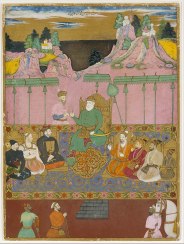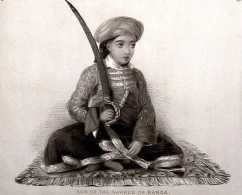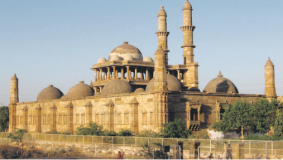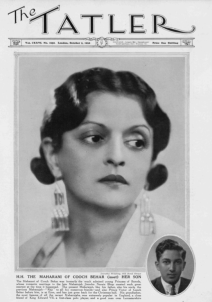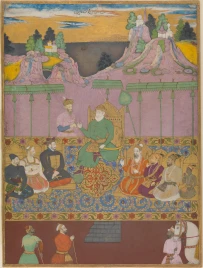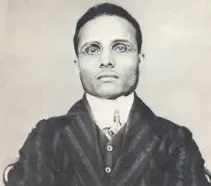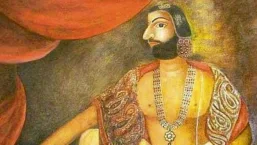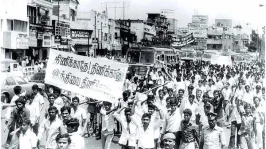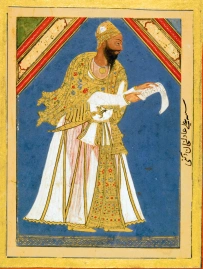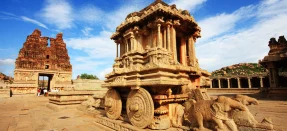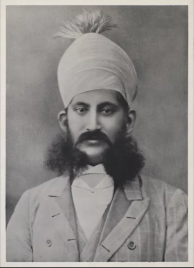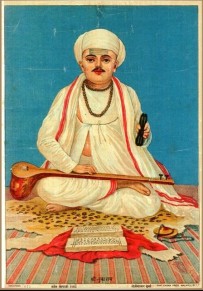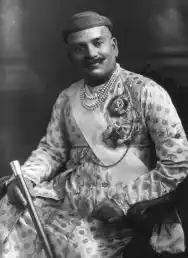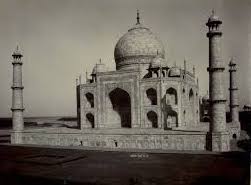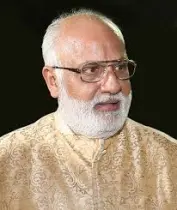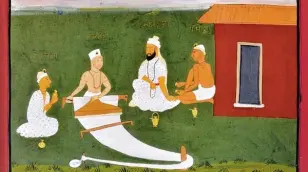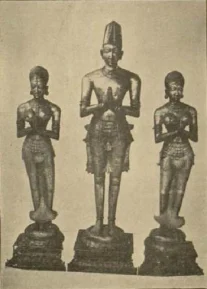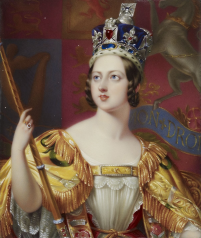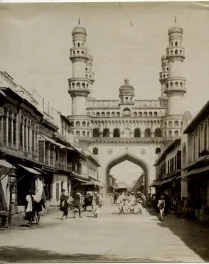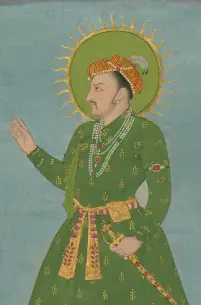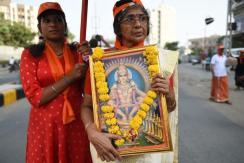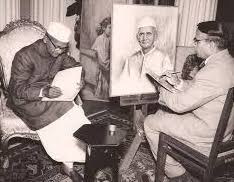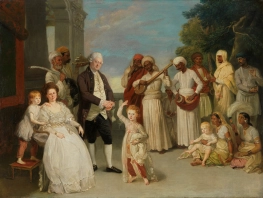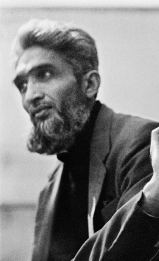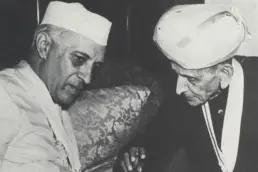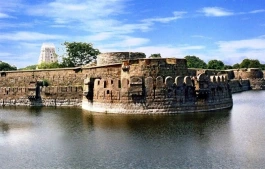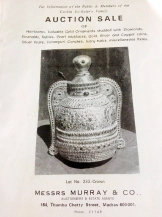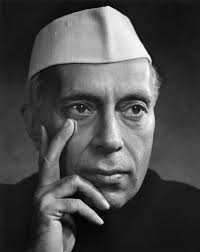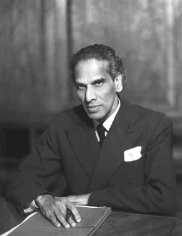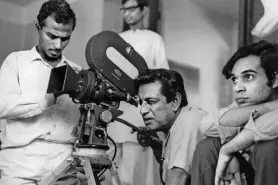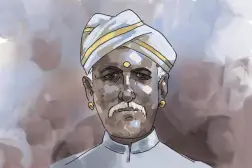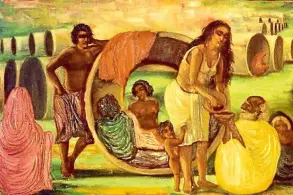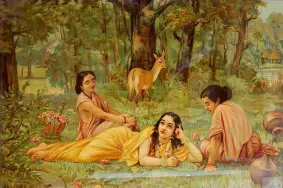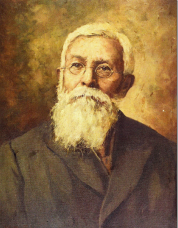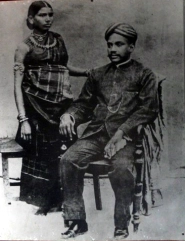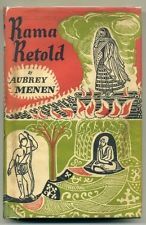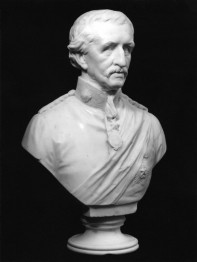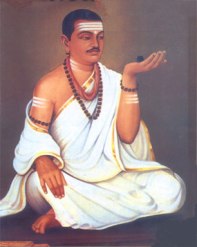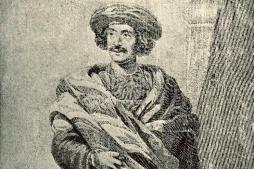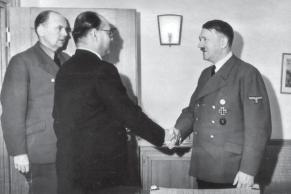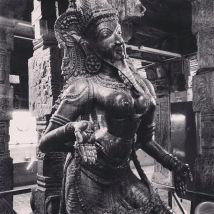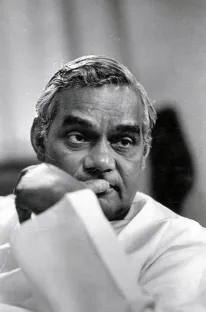(My final column in Mint Lounge, December 29 2019)

In December 1890, a senior leader of the emerging Indian national scene suffered a paralytic stroke in colonial Madras. The man was in his early 60s but had spent decades as a public figure, winning the esteem of his Indian peers as much as he did the admiration of the imperial government. He was, to be fair, an old-fashioned moderate, and like most of his contemporaries, his love for India did not sit in disagreement with loyalty to the British crown. On the contrary, he believed the Raj had done much to make a nation out of our diverse subcontinent. Writing in 1885, for instance, he noted that if India were to “become a homogenous nation” and “achieve solidarity”, it would be through the railways, which welded together numerous provinces, and “by means of the English language”. “The young generation cannot fully realize it,” he argued, but he was pointedly certain of the truth of this remark.
Sir Tanjore Madhava Rao was born in 1828 into a Maharashtrian Brahmin family whose ancestors had long ago emigrated to Tamil country. They aided the Marathas before transferring their services to the East India Company when the latter’s star was on the ascendant. Using colonial networks of patronage, Rao’s father and uncle both held office in princely Travancore, though he himself saw little of this, having become an orphan by the age of 12. His brother took him to Madras, and English education there opened the doors to seriously coveted clerical employment. By the time Rao was 20, he was sitting at a desk in the accountant-general’s office, but then, in 1849, he too moved to Travancore to tutor its royal princes. He was by now also married, joking a little later that the raja paid him 100 rupees for each of his six children.
By his mid-20s , Rao was in a senior position in the state. Talent he certainly had, and his “ardour, interest and integrity” won high praise from the ruler. But the raja also needed someone like Rao by his side. The British were clamouring for “progress” of a Western variety, spurred on by missionaries alleging idolatry and misgovernment. The young English-speaking bureaucrat could negotiate these delicate matters effectively: The big bosses in Madras liked him (one British resident noted how he had scarcely met any “native” who spoke their language so well and so intimately understood “the modern views of Englishmen”) while his Brahmin status made him a comfortable interlocutor in the orthodox royal court too. Add to this his professional efficiency, and it was no surprise that by the late 1850s, Rao had been appointed chief minister.
In 1860, the older of Rao’s royal ex-pupils succeeded to power. While master and servant worked cheerfully together at first, resentments slowly began to creep in. Revenue rose and the colonial threat of annexation was averted, but by the end of the decade the raja was also accusing his minister of deciding matters directly with the British, without his consent. In 1872, then, there was a break. Rao—by now knighted and styled “Rajah” in his own right—agreed to retire on a pension and sinecure totalling ₹1,000 per month, with guaranteed employment for his son. The ruler was relieved to see the back of this minister who seemed to eclipse royalty itself, but the press was all praise for Rao’s powers of governance. Even the raja’s brother wrote a 40-page eulogy in a Calcutta (now Kolkata) journal.
After a stint in Indore, Rao went to Baroda (now Vadodara), where he was in power till a young, adopted ruler came of age. As had been done in Travancore, he imported a colonial-style “secretariat system” there between 1875-81, ruling through an army of clerks at the expense of the old establishment. The boy-prince was carefully tutored to become the ideal ruler of colonial imagination: loyal, Western in thought, and unquestioning in political temperament. As Rao wrote in a customized guidebook, if “a good Minister advises the Maharaja to yield some point” to the British, he must “attribute it to good motives rather than to bad motives”. So, too, if a colonial agent seemed to interfere, the prince must “attribute it to his desire to save the Maharaja needless trouble and needless responsibilities”, and not as an effort to “weaken” him.
Rao was predictably, therefore, not popular in Baroda—as one critic put it, “From what (the man) has to say of himself, it would seem that…civilization began with the arrival of Madhava Rao.” His ward, ironically enough, went on to manifest a pronounced anti-British policy in his reign ahead, though the old minister did not survive to witness this. Rao did, however, remain a firm believer in not upsetting the colonial applecart: Like many Indian moderates, he favoured incrementalism in reform, and in the politics of petitions (so much so that his old employer, the Travancore raja, once told off another minister for referring too much to “constitutionalism” like Rao, which “irritated” him no end). And the man stuck to his guns: The British may have designed the rules, but Indians could still beat them at the game.
Though Rao was too accommodating of the Raj in many respects, words he spoke at the Indian National Congress in 1887, only a few years before his death, hold a strange resonance in our time. “Permit me,” he announced to that gathering, “to be moderate and forbearing,” for it was “in the nature of vaulting ambition to (otherwise) overleap itself,” achieving nothing. But equally, he warned the British to listen, telling them that when “subjects petition and expostulate, it is not in a spirit of disputation…much less of disaffection (or) disloyalty”; it was “only to enlighten those holding sway…in a peaceful constitutional manner” of what they felt. As it happened, though, the Raj did not take his advice seriously, and moderate methods inevitably made way for something far more direct—a pattern that risks repeating itself in our own day, as blinding power ignores sober reasoning.
